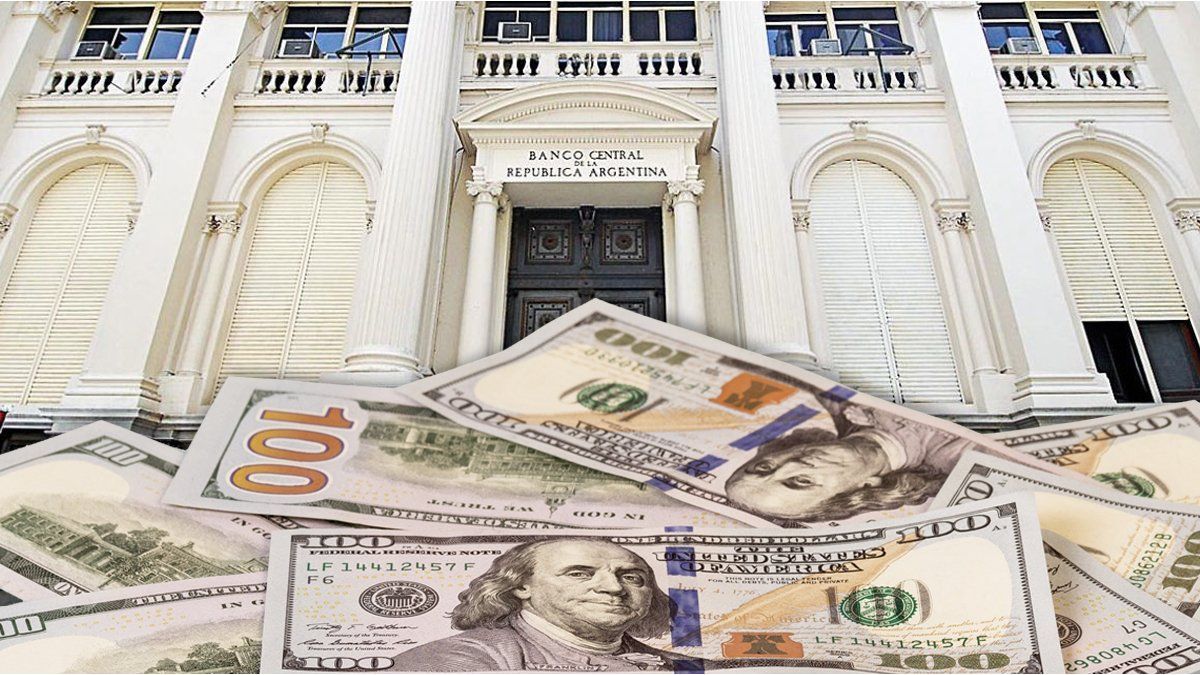Last week, the Central Bank (BCRA) took another step towards exiting the exchange rate. The monetary authority decided to shorten the terms of access to the exchange market (MULC) for the payment of imports. Starting next Monday, October 21, goods that still had payment terms of up to 60 days, may be paid after 30 days from the customs entry registration. But how will it impact reserves?
The news came before Argentina registered a trade surplus of US$981 million, the lowest figure since January. Imports recorded their smallest negative variation since Javier Milei became presidentlargely due to the reduction in the PAIS Tax that had delayed purchases that could have been made in the previous month.
According to data released this Friday by INDEC, Imports totaled about US$5,954 million in the ninth month of the year, 8.8% less than in September 2023. It is worth remembering that the average year-on-year drop was close to 25% in the government months of the current administration.
Meanwhile, the Exports in September reached 6,934 million dollars, lor which represents a year-on-year increase of 20.6%. This increase was driven by a strong growth in exported quantitieswhich rose 25.9%, while prices experienced a drop of 4.2%.
Higher import demand expected in November
After this key data, the Government decided to give a new “wink” to importers in pursuit of continuing the path of disinflation, confident that it will have enough dollar margin to do so.
According to a report by LCG, the Government took this measure to continue with the disinflation process that already granted it important “aid” in the month of September: “focused on achieving a more accelerated disinflation process, The government progressively encourages the opening of imports: In addition to the lower rates of the PAIS tax, the recent reductions in tariffs and simplification of processes are added, in a context of greater exchange delay. This suggests that, Even at the cost of giving up scarce reserves, imports will gain momentum. “We estimate that imports will reach US$59MM by the end of the year and exports will reach US$78MM in the same period.”
Supporting the idea that imports will gain momentum at the end of the year is provided by the Econviews numbers when they indicate in their “activity traffic light” the sectors that registered an improvement in September such as steel production, industrial production, oil production, which usually demands a greater amount of imports.
Why does the Central Bank accumulate reserves?
According to a report by Roman Group, In October the Central Bank It already accumulates net purchases of more than US$600 millionwhich makes “October” the most purchasing month of the years with stocks, despite seasonality.
According to the report, the first linked factor is the laundering where there was a strong entry of dollars into the system, generating greater loanable capacity for loans in dollars, which are settled in the exchange market. The other factor is linked to the cost of dollar linked coverage that operates with positive rates, because the market believes the Government that there will not be a jump in the exchange rate and bets on fixed rates.
exports-imports-trade-ship.jpg
Depositphotos
“When the rate is positive, the BCRA normally has a favorable balance in the exchange market while, when the rate is negative, the BCRA usually loses foreign currency,” they explained. In this sense, current rate differentials generate the incentives for there to be a supply of foreign currency in the exchange market and postponed demand, to this are added the liquidations of loans and company placements, “being factors that we consider key for the BCRA to be performing well.”
Beyond these factors, the surplus is what allows the Government to take these definitions, because imports are still at low values in the midst of the economic recession that the economy is still facing. Taking into account that the bleaching continues until the end of October and the dynamics of greater supply of dollars in the MULC may not change, it is expected that the Government will maintain the same dynamic acting as a “bridge” until December arrives, with the fine harvest. In addition, according to ABECEB, there is growth in exports from the oil sector mainly, offsetting the demand of importers.
Source: Ambito




